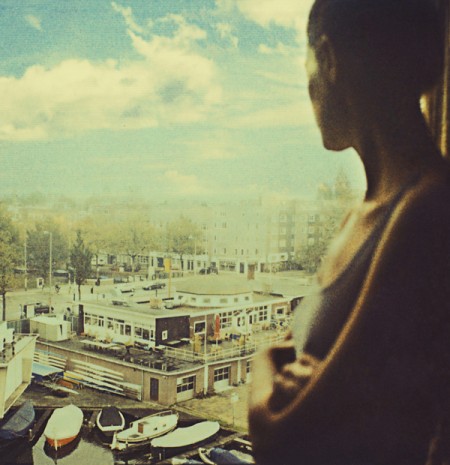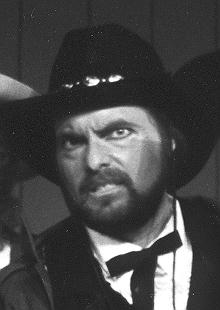the two principles i am about to write about are not conventional principles relating to design but i do believe that you can make links anywhere so i hope to do so in the following post.
1. The Three Act Structure
This is the simple notion that every narrative has a beginning, middle and an end. Another way to put it is that there is always equilibrium, disequilibrium and equilibrium within a story. And finally a more detailed view of this principle shows us that in these 3 acts there are various common occurrences that make up the acts these are; act 1: setup, inciting incident, act 2: rising action, climax, act 3: falling, resolution.
When i try to apply this to photography or graphic design it is difficult to think of how a photograph can have a beginning middle and end, but i do think that a photograph tells a story. partly i think that a photograph can be any one of the three acts, and i think it is then up to the photographer make sure the photograph is an accurate depiction of the particular act in the story.
In this photo for example (the first image i came across on the website, ffffound.com) we see a girl looking out onto a boat dock, maybe a quayside and she had her arms folded. she is out of focus and her face is turned away. i can instantly think of a few different stories to go with the image, perhaps it is the start of a new day and she is looking out onto what her world beholds, this could easily be act one. equally it could be mid afternoon judging by the blue sky with some fairly established clouds forms floating, she could have returned home from a traumatic incident, she has her face turned away from us, maybe we are a character and she is deliberately looking away from us, she could be contemplating jumping from the window to escape the pain of life, everything is up in the air and nothing is certain for her, this is could well be act 2 with disequilibrium. or finally she could have just finished a task, a quest, she may have returned home and she is looking out on what she has not seen in a long time, normal life, her normal view. this could be act 3, resolution.
- Developing Narrative
in all stories there are certain characters that fit into this principle, Kelvin talked about how there is always a protagonist and an antagonist. In simple story telling there is a ‘goody’ and a ‘baddy’, a hero and a villain. In the early western films there was always a hero cowboy who wore a white hat and then a villain in a black hat.
This was a very simple way of depicting the characters. nowadays you can have a hero in dark clothes and the opposite. this makes the naravtive more complex and interesting.
for example here the villain wears light clothing, and the hero is a ‘devil’ character so this adds to the narrative, and shows how narratives have developed since the early days of traditional story telling.





















